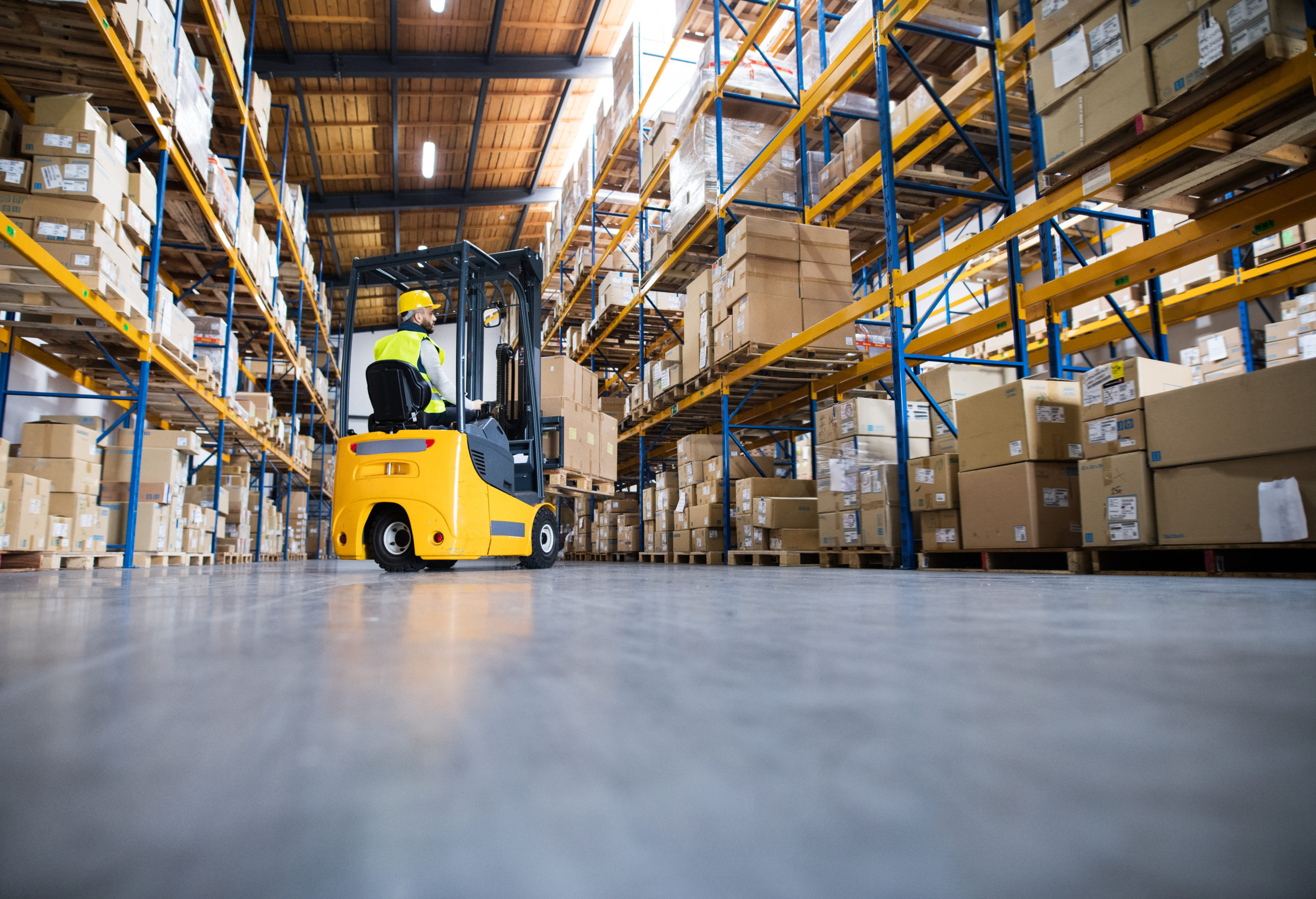7 Trends in Industrial Architecture Design to Watch
Commercial real estate’s industrial sphere has been a winner in the business for years now. Often called the ‘golden child’ of commercial real estate, industrial spaces seem to thrive even when everything else is facing challenges.
It’s becoming increasingly clear that warehousing is the way of the future. Riding on the back of e-commerce alone, the industrial space is set up for success. But, in preparation for the anticipated growth, warehouses are undergoing a contemporary makeover.
Here are the latest architectural design trends that are impacting the warehousing scene:
Increasing the Baseline Dimensions
As warehousing and last-mile logistics experience an upsurge in demand, warehouse design plans are pushing the boundaries of height and width. In order to maximize the capacity and efficiency of these spaces, architectural designers will be seeking to attain higher clearance heights while expanding the loading doc’s bay area.
Even small adjustments here can streamline the packing and unpacking processes that happen adjacent to the loading docs.
Sustainable Features
Sustainability has been a priority for the warehousing industry for some time now.
Expect to see this incorporated into the design development process in the form of energy-efficient building features. The facility’s orientation and physical structure will be set up to facilitate passive heating and cooling, expanded natural lighting, and sustain better ventilation.
Automation in the Warehouse
Smart technology will be making its way into the warehouse scene in the form of all things automation. On-site Smart integrations, such as automatic lighting, AI-powered atmospheric controls, and remote-controlled doors will be the norm for warehouses into the future.
Multi-Story Facilities
In other parts of the world, multi-story warehouses are the norm.
CRE pros can expect to see this trend carry over into the U.S. in the near future. As the demand for last-mile logistics continues to grow, this space-maximizing strategy will help metro-rooted industrial sites thrive even with limited square footage.
Cold Storage Capacity
As the need for grocery delivery services expands post-COVID, this business requires a stronger web of warehouse infrastructure. Industrial designers are gearing up to explore the cold storage industry to facilitate easier and cheaper cross-country transportation of food and perishable items.
These projects will completely elevate the potentials for fitting groceries into e-commerce’s current model.
Expanding Parking Spaces
As more and more deliveries are happening at warehouses each day, parking is a prime concern.
Industrial buildings are expanding their parking capacity to accommodate simultaneous pick-ups and drop-offs without causing a traffic jam. These spaces need enough parking to support the on-site staff as well as industrial vehicles, so it’s likely that designers will choose to make two distinct parking areas for the different brackets of traffic.
Flexibility is Key for Growth
All in all, flexibility of design is being named as the top attribute for warehouse design.
The industrial spaces of tomorrow need to be able to quickly pivot, adopt the new trends as they roll out, and adjust their functions depending on the task at hand. The more a space is able to do, the better suited it will be to push forward into the next phase of warehouse design.
Keep your industrial portfolio current by paying attention to these up and coming warehouse design trends.


